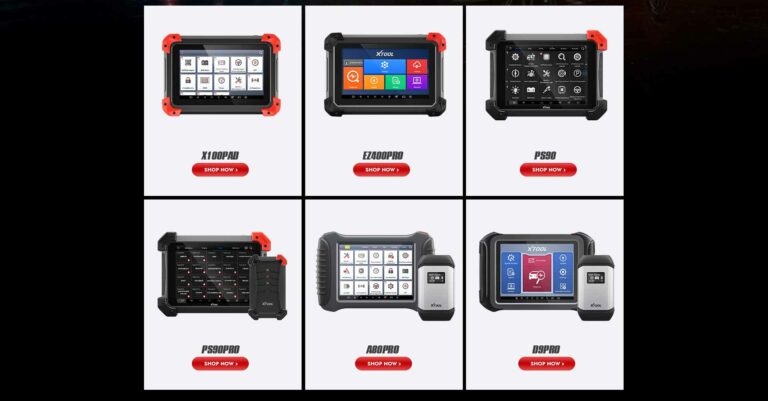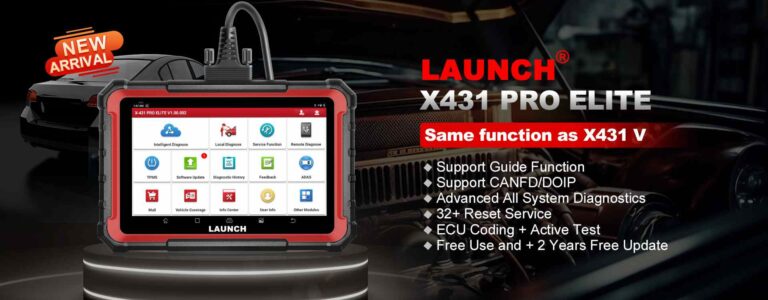Decode Toyota dashboard symbols with our comprehensive guide. Understand what each symbol means and ensure a safe and hassle-free driving experience.
Understanding your Toyota vehicle’s dashboard symbols and service lights is crucial for maintaining its optimal performance and identifying potential issues.
These dashboard symbols act as visual indicators, providing critical information about various systems and components in your vehicle.
This article will explore the standard service lights and symbols found on Toyota dashboards, their meanings, and the appropriate actions to take when they illuminate.
Suggested Reading: 70MAI DASH CAM | ALIEXPRESS 11.11 SALES
COMMON TOYOTA DASHBOARD SYMBOLS AND LIGHTS
Engine Oil Pressure Warning Light
The engine oil pressure warning light is a red indicator that typically resembles an oil can or oil drop. When this light turns on, it signifies a drop in oil pressure, which can lead to severe engine damage if ignored. Possible causes for low oil pressure include insufficient oil levels, a faulty oil pump, or an oil leak. To address this issue, you should immediately check your oil level and consult a professional mechanic if necessary.

Battery Warning Light
The battery warning light, usually shaped like a battery or a charging system indicator, warns you about potential battery or alternator problems. If this light illuminates, it indicates a charging system failure or a weak battery. It would be best to take immediate action by checking the battery connections, ensuring they are secure, and testing the battery voltage. If the issue persists, it is advisable to consult a qualified technician.
Brake System Warning Light
The brake system warning light, typically a red exclamation mark within a circle, is a critical indicator that alerts you to potential issues with your braking system. If this light remains on or flashes, it could indicate low brake fluid levels, worn brake pads, or a malfunction in the brake system. It is essential to address brake system concerns promptly to ensure your safety and the vehicle’s stopping capability. Consult a certified technician for a thorough inspection and necessary repairs.
Check Engine Light
The check engine light, often represented by an engine symbol or the words “Check Engine,” signifies a potential problem with the engine or its related components. Various issues, including a faulty sensor, an emission system problem, or an engine misfire, can trigger it. When the check engine light illuminates, it is recommended to check for other symptoms, such as unusual noises or reduced performance, and seek professional assistance to diagnose and resolve the underlying cause.

Tire Pressure Monitoring System (TPMS) Light
The TPMS light, resembling an exclamation mark within a horseshoe shape, is designed to alert you when the tire pressure in one or more tires is significantly low. Proper tire pressure is crucial for tire longevity, fuel efficiency, and overall safety. When the TPMS light activates, you should inspect your tires, including the spare tire, and inflate them to the recommended pressure. If the light persists, a sensor issue or tire puncture may require further inspection.
ABS Warning Light
The ABS warning light, typically displaying the letters “ABS” enclosed within a circle, indicates a potential issue with the Anti-lock Braking System. The ABS helps prevent wheel lock-up during sudden braking or on slippery surfaces. If the ABS warning light remains on, it suggests a malfunction in the ABS. While basic braking functionality may still be available, a professional should inspect the system to restore the full anti-lock functionality.
Traction Control System (TCS) Light
The TCS light, often represented by the letters “TCS” or a vehicle skidding symbol, illuminates when the Traction Control System detects wheel spin or loss of traction. The TCS helps optimize traction on slippery roads or during abrupt maneuvers. If the TCS light stays on, it indicates a fault in the system. While the vehicle may still be operable, it is essential to have the system checked to ensure optimal safety and performance.
Less Common Toyota Service Lights and Symbols
Malfunction Indicator Lamp (MIL)
The Malfunction Indicator Lamp (MIL) is often confused with the check engine light but serves different purposes. While the check engine light alerts you to general engine issues, the MIL explicitly indicates a malfunction in the vehicle’s emissions control system. The MIL light may appear as the outline of an engine or display the words “Service Engine Soon.” When the MIL illuminates, it is essential to have the system diagnosed by a professional to identify and rectify any emission-related problems.

Electric Power Steering (EPS) Warning Light
The EPS warning light, resembling a steering wheel with an exclamation mark, indicates a potential issue with the Electric Power Steering system. EPS offers easier steering control and enhances vehicle maneuverability. If the EPS warning light turns on, it suggests a malfunction in the system, which may result in heavier steering effort. It is recommended to seek professional assistance to diagnose and address EPS-related concerns promptly.
Oil Level Warning Light
The oil level warning light, typically represented by an oil can or a dripping oil symbol warns you about low engine oil levels. Insufficient oil can lead to engine damage and decreased performance. When this light illuminates, it is essential to check your oil level using the dipstick and add oil if necessary. Suppose the light remains on after adding oil. In that case, an oil leak or other underlying issues may require attention from a qualified technician.

High Engine Coolant Temperature Warning Light
The high engine coolant temperature warning light, usually depicted as a thermometer inside a wavy line or as an engine with steam, indicates that the engine temperature has exceeded the normal operating range. Overheating can lead to severe engine damage if not addressed promptly. When this light turns on, it is vital to safely pull over, let the engine cool down, check the coolant level, and inspect for any leaks or cooling system malfunctions.
Airbag Warning Light
The warning light, often represented by a person sitting with an inflated airbag in front, is a crucial safety indicator. If this light remains illuminated, it suggests a potential problem with the airbag system or its sensors. Since the airbag system is vital for occupant protection during collisions, it is advisable to have the system inspected by a certified technician to ensure it functions properly and provides the necessary protection when needed.
Electronic Stability Control (ESC) Warning Light
The ESC warning light, typically displaying the letters “ESC” or a vehicle skidding symbol, illuminates when the Electronic Stability Control system detects a loss of vehicle stability or traction. ESC helps maintain vehicle control during sudden maneuvers or on slippery surfaces. If the ESC warning light stays on, it indicates a fault in the system. While the vehicle may still be drivable, it is crucial to have the system checked to restore the full stability control functionality and ensure safe handling.
Fuel Level Indicator
The fuel level indicator is a simple yet important symbol representing the fuel amount in your vehicle’s tank. It typically resembles a fuel pump or a gas gauge. Monitoring your fuel level is essential to avoid running out of fuel during your journey. When the indicator nears empty, it is advisable to refuel at the nearest available gas station to prevent any inconveniences.

Seat Belt Reminder Light
The seat belt reminder light, usually depicted as a person wearing a seat belt, serves as a reminder to fasten your seat belt for personal safety. Seat belts are a primary safety feature in vehicles and significantly reduce the risk of injury during collisions. When this light illuminates, ensuring that all occupants are properly buckled up before proceeding with your journey is crucial.
Door Ajar Warning Light
The door-ajar warning light, represented by a car with an open door, alerts you when one or more doors are not securely closed. This symbol helps prevent accidents or potential theft by ensuring that all doors are shut adequately while driving or when leaving the vehicle unattended. Suppose the light remains on after checking all doors. In that case, it may indicate a faulty door latch or sensor, which a qualified technician should examine.
Conclusion
Understanding your Toyota vehicle’s service lights and dashboard symbols is essential for maintaining its performance, identifying potential issues, and ensuring your safety on the road.
Familiarize yourself with the meanings and actions associated with each symbol, as outlined in your vehicle’s manual.
Prompt attention to these service lights and symbols and regular maintenance will help keep your Toyota running smoothly and extend its lifespan.
Remember, when in doubt, it is always recommended to consult a certified technician for accurate diagnosis and necessary repairs.






